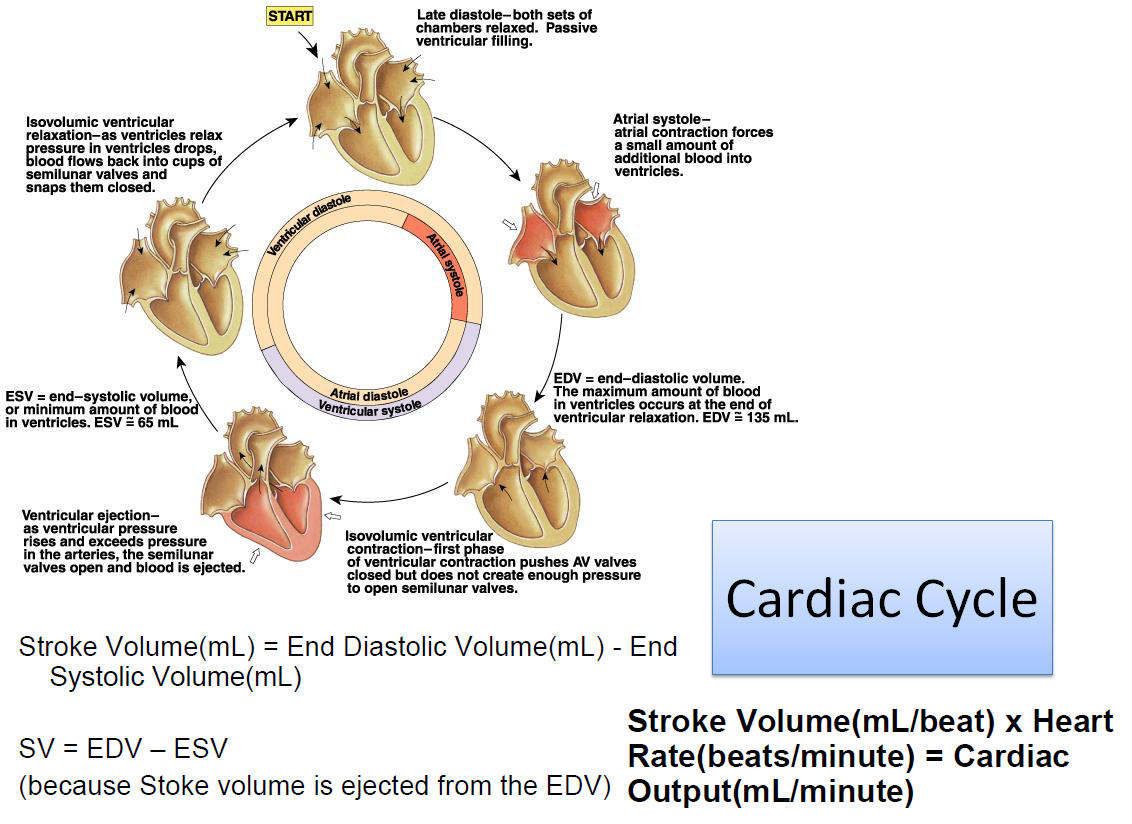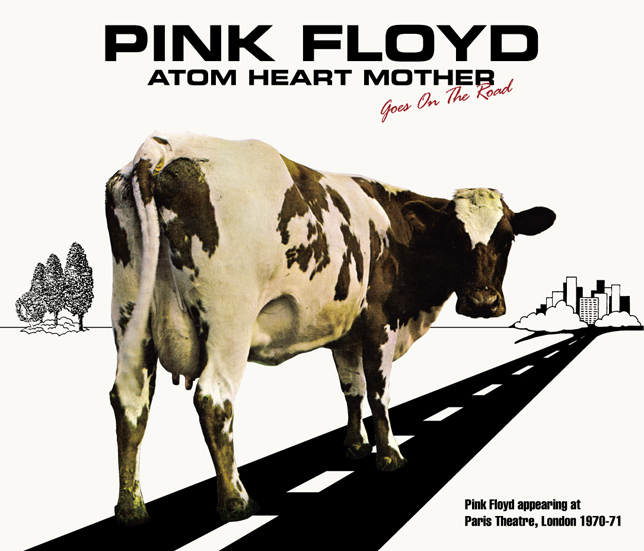

Who will be doing the nuclear medicine scan? These scans will provide functional information that will enable the doctor who has referred you to care for you appropriately. There are a wide variety of reasons for requiring a nuclear medicine scan. If you have any concerns please contact the nuclear medicine reception at Kent and Canterbury hospital. If this is the case you may wish to express milk for the short time period when it is not advisable for you to breast feed your baby. This is because some of the radio-pharmaceutical may be present in your breast milk. If your are breast feeding it may be necessary for you to stop for a period of hours after the radiopharmaceutical administration.

If you are female and between the ages of 12 to 55 you will asked if you are pregnant. Please inform staff prior to the radio-pharmaceutical administration if you think you are pregnant or if you think you might be pregnant. The radiation exposure is small and the radiopharmaceutical will not make you feel any different. The risk of having a nuclear medicine scan is comparable to that of having an x-ray or CT scan, depending on the type of scan you have. This process makes a nuclear medicine bone scan a very sensitive way of studying the skeleton. If the body uses more nutrients in an area, for example to repair a broken bone, then this area will be highlighted as a ‘hotspot’ in the final image.
Atomic heart map skin#
This enables the whole skeleton to be visualised as the body continually replaces old cells with new ones – much like the skin cells on your hand. An image of the distribution of the radio-pharmaceutical is produced using a gamma camera.įor example, a bone scan involves an injection of a radio-pharmaceutical that contains nutrients that the body uses to form new bone cells. The radio-pharmaceutical will be processed naturally by the body. Generally, a radio-pharmaceutical will be injected into a vein, although it may also be ingested or inhaled depending on the scan being performed. Nuclear medicine imaging relies primarily on functional processes within the body. Once inside the technologists will know you have entered the waiting room and will be with you shortly. The receptionist will give you a white card to take to the nuclear medicine waiting area. This is situated close to the Ramsgate Road entrance to the hospital. Please report to the reception desk in the Radiology department upon arrival. Queen Elizabeth the Queen Mother Hospital If a receptionist is not present please take a seat in the nuclear medicine waiting area and a technologist will be with you shortly.

On arrival please report to the nuclear medicine reception desk. The nuclear medicine department is situated within the yellow zone of the hospital, inside the radiology area. When you arrive please report to the reception desk. The nuclear medicine department is situated at the far end of the hospital towards the outpatient clinics, junction 13 on the hospital map. When you arrive Kent and Canterbury Hospital Nuclear medicine also performs therapeutic procedures that are primarily involved in the treatment of a range of thyroid conditions. Scans are performed following the administration of a radio-pharmaceutical using a gamma camera. Nuclear medicine provides a wide range of diagnostic scans all of which provide information that indicate how the body is working. Having a nuclear medicine scan What is a nuclear medicine scan?


 0 kommentar(er)
0 kommentar(er)
